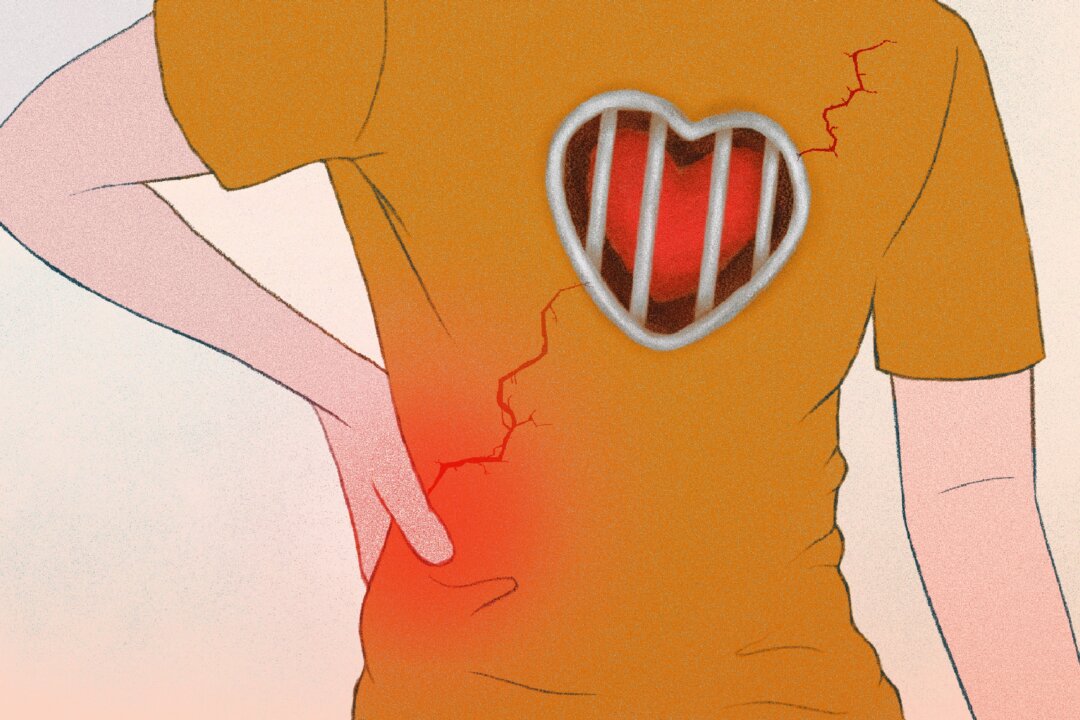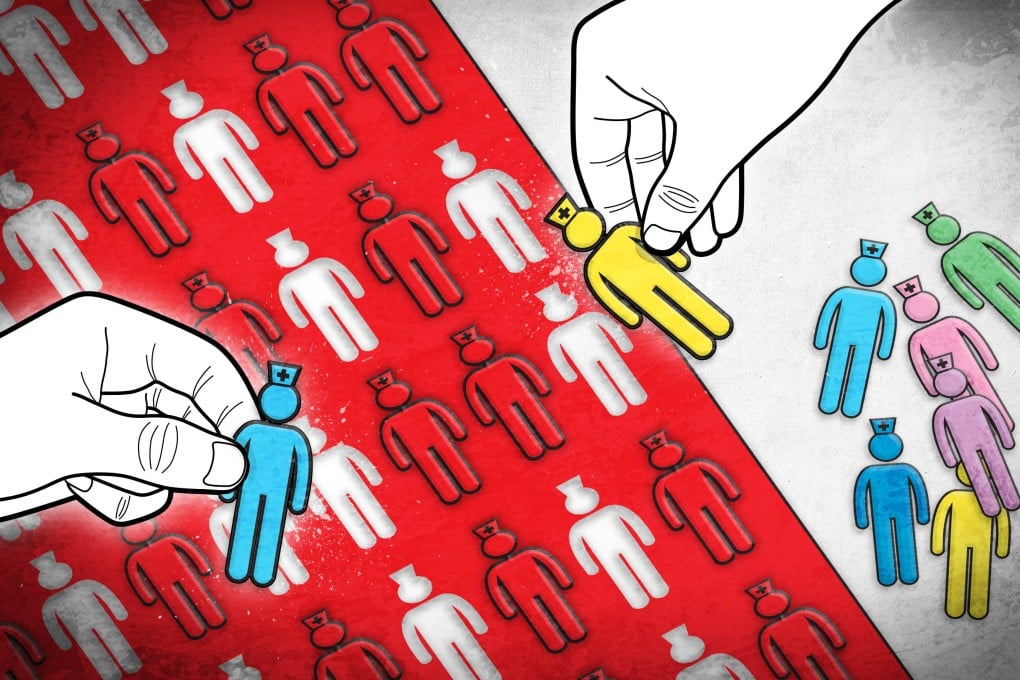
Chronic pain isn’t just a matter of aching muscles or lingering injuries—it can also be a silent echo of unprocessed emotions. When the “energy in motion” becomes trapped within the body, it can accumulate without a chance to be released. This buildup may manifest as chronic pain, serving as the body’s way of signaling that something unresolved needs attention.
Over time, this trapped energy can become deeply embedded in our system, straining the body’s capacity to contain it. This is what happens with ACEs. Specifically, childhood neglect and abuse—whether physical or sexual—are associated with conditions such as fibromyalgia in adulthood, with physical abuse more strongly related.
Furthermore, a history of physical abuse during childhood has been linked to a higher risk of neck and back pain in adulthood. This seems to be because childhood adversity can significantly alter stress reactivity and lead to immunological dysregulation, which is associated with increased inflammation and may result in widespread pain. Studies have shown that severe inflammation can persist in individuals with multiple ACEs, even up to 30 years later.
These early experiences, while often preverbal, are stored in the brain as feeling memories, triggering emotions that become trapped in the body, Wilkins added. The period before age 6 is particularly critical for neuroendocrine development, making childhood a sensitive time for emotional and physiological growth. Prolonged exposure to stressors during this developmental window can be especially traumatizing.
In other words, pain is a subjective experience with both unpleasant emotional and sensory components. This does not mean that if you’re experiencing pain due to emotional factors, the pain is any less real, Wilkins noted. “We now understand that the brain processes physical and emotional pain using the same pathways, so what you feel is real,” Wilkins said.
However, instead of listening to this wisdom, many people continue engaging in behaviors that perpetuate their pain, resorting to self-medication with pills, alcohol, overworking, overspending, or people-pleasing to maintain approval. This tendency is powerful when unresolved trauma makes us prioritize attachment (staying connected to our caregivers) over authenticity (developing a sense of self). Grobler adds that since pain is a message, if we rush to eliminate it, we miss the opportunity to understand its underlying cause and may even harm ourselves further, much like how taking pain medication to push through an injury can exacerbate it.
“Often, we are not fully cognitively aware of the emotions that are causing pain, especially if the events occurred long ago, perhaps even during preverbal stages. This can leave those experiences trapped in our bodies. Therefore, a body-based approach, or treatments that use physical movement and body awareness as therapy, is essential, as these issues cannot be resolved solely on a cognitive level,” Grobler said.
While cognitive behavioral therapy (CBT) and psychoanalysis can help you understand what has happened, they may not fully address unprocessed emotions residing in the body. You may find it difficult to make lasting changes without incorporating body-based therapy. Approaches like eye movement desensitization and reprocessing (EMDR), brain working recursive therapy (BWRT), tension and trauma release exercises (TRE), or somatic experiencing can provide a deeper understanding of yourself and facilitate healing, Grobler said.
What has affected me so profoundly that my body is urging me to listen? If I am being 100 percent honest, what do I truly want to do? What am I dreading, or whom do I want to avoid seeing? What is my pain helping me avoid? Am I moving my body enough? What activities have I given up that I once loved?.














